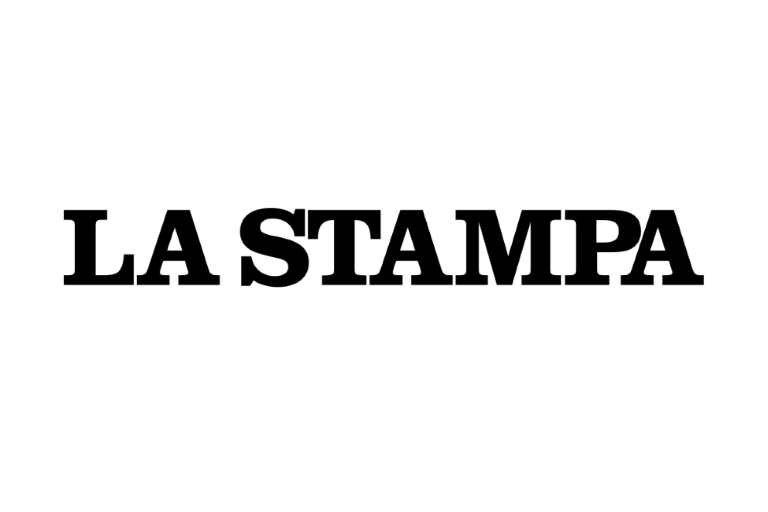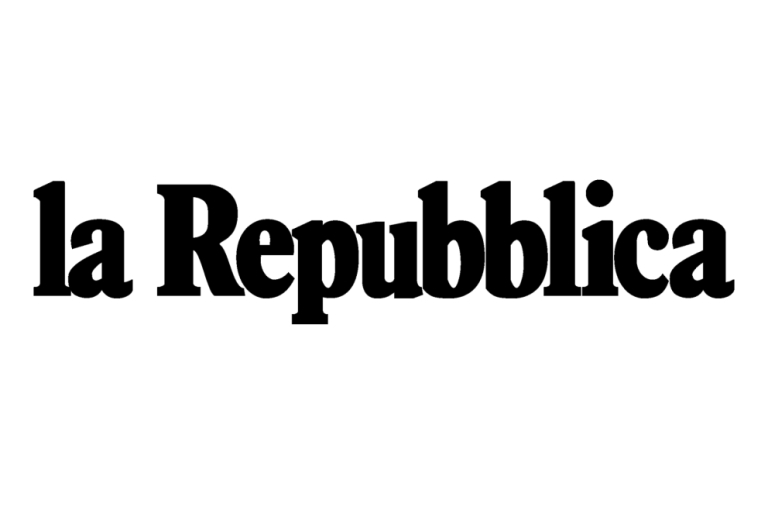The ECB can ease Italian debt worries without risking inflation
by Carlo Cottarelli
Financial Times, 4th May 2020
* * *
The projected surge in public deficits caused by the coronavirus pandemic has rekindled concerns about the sustainability of euro-area government debt. Such concerns are kept at bay for now by the European Central Bank’s massive purchases of government paper through its “quantitative easing” operations. Indeed, as long as public debt stays idle in the ECB portfolio, rollover risks are correspondingly reduced.
But what if inflation were to climb? Constrained by its mandate to keep price rises below 2 per cent, the ECB would have to tighten monetary policy. Some fear it would look to do that by selling the government paper it is currently buying, a sort of “quantitative tightening” (QT). The full weight of public debt would then become apparent. However, while this is certainly a possible scenario, the need for QT is far from obvious even if inflation did eventually rise.
Before explaining why, let us first look at what has happened to the composition of public debt as a result of previous rounds of QE and what is likely to happen this year. Take Italy as an example. While its total public debt-to-GDP ratio had hovered at some 135 per cent since 2014, its public debt held outside the ECB fell rapidly from 129 per cent to 112 per cent of GDP in 2018, as the central bank’s purchases of Italian securities exceeded its cumulative deficit.
This year, on current policies, the ECB is likely to raise its holdings of Italian government paper by €170bn, over 10 per cent of GDP. That would fully finance Rome’s deficit, which is projected at 8.3 per cent of GDP by the IMF and at 10.4 per cent by the government. Consequently, the stock of Italian public debt held outside the ECB may not even rise in euro terms. As a ratio of a falling GDP it would rise, but at around 120 per cent, would remain well below its 2014 level.
This will definitely reduce rollover risks, compared to a scenario without QE. That is perhaps the key reason why S&P Global, the credit rating agency, recently confirmed Italy’s investment-grade rating. S&P’s rival Fitch, however, felt that the rise in total public debt required a downgrade. After all, one could argue, it is the outlook for inflation that will determine whether the ECB keeps rolling over the securities purchased through QE. Economic history tells us that when central banks print a lot of money, especially to finance governments, inflation eventually rises.
However, the money printed by the ECB since 2014 has not caused much inflation. That is because commercial banks have used little of the money printed by the ECB to support lending. The traditional “money multiplier” theory is one in which the money printed by central banks is used to back loans by commercial banks, then redeposited and used for loans again, until the ratio between bank liquidity — the deposits held by commercial banks at the central bank — and bank loans has returned to normal levels.
But this has not happened. The ratio between the eurozone’s commercial banks’ liquidity and their loans climbed from 3.5 per cent in 2014 to an unprecedented 16.5 per cent in 2018. What may have contributed to this is the tightening of bank capital requirements since the 2008-09 financial crisis. Ultimately, what constrained bank lending was not the lack of liquidity, but the lack of equity. The coupling of an expansionary monetary policy with tighter equity regulations has, therefore, facilitated the financing of governments by printing money without having to pay the usual price in terms of inflation.
What does this imply for the future? If inflation — which is still very low, and shows few signs of rising — eventually goes up, then the ECB would have at least three options to tighten monetary policy, all of them with different impacts on public debt sustainability. The first is to mop up excess liquidity by selling government paper in the market. The second is to tighten equity regulations, as done during 2015-18. The third is to toughen rules around bank liquidity, perhaps by raising old-fashioned reserve requirements.
All these tools imply a tighter monetary policy stance, but only the first would be particularly damaging for public debt sustainability, as the sale of government paper, or QT, could push up yields. The second and third options are not without costs for the economy, like most forms of bank regulation. But in the short run they would be less damaging to debt sustainability.
The current surge in public debt is risky, of course. However, its de facto monetary financing by the ECB is reducing immediate rollover risks, and giving governments time for a gradual reduction in their debt ratios. That was the goal before the coronavirus crisis, and it will be the goal after it too.






